It’s confession time. Deep down, I’m a closet gadget junkie—a bit of a techno-weenie, if you will. When it comes to seductively cool innovations for canoeing and camping, I’m all in.
Back in the 70s, for example, at the suggestion of a pilot friend, I was part of the first wave of paddlers using small aircraft emergency locator transmitters on remote Arctic river trips. Those were part of the long nose of innovation leading to the development of today’s indispensable inReach and SPOT technologies.
Few gadgets are so useful.
Crowning the worst camping invention of the 21st century
In fact, some of the shiny wheely-whatsits, aimed at folk like me, should never have been invented in the first place. My shortlist of dubious outdoor gadgets and innovations includes some sovereignly impractical items. For example: the squat strap for tying yourself to a tree to ensure you don’t dump into your pants around your ankles; the butane-powered hair curling iron; freeze-dried beer and ice cream; the Hydro Hammock—you’ll have to look that one up to believe it; the Leatherman Tread bracelet designed to turn utilitarian function into inglorious fashion; the hand-crank campsite blender; the umbrella hat; and don’t even get me started on office technical wear.
However, the mother of all useless outdoor gadgets, in my humble opinion, is the hand espresso pump, billed as “the world’s first eco-friendly, nonelectrical portable espresso machine.” And therein lies a bit of a fable.
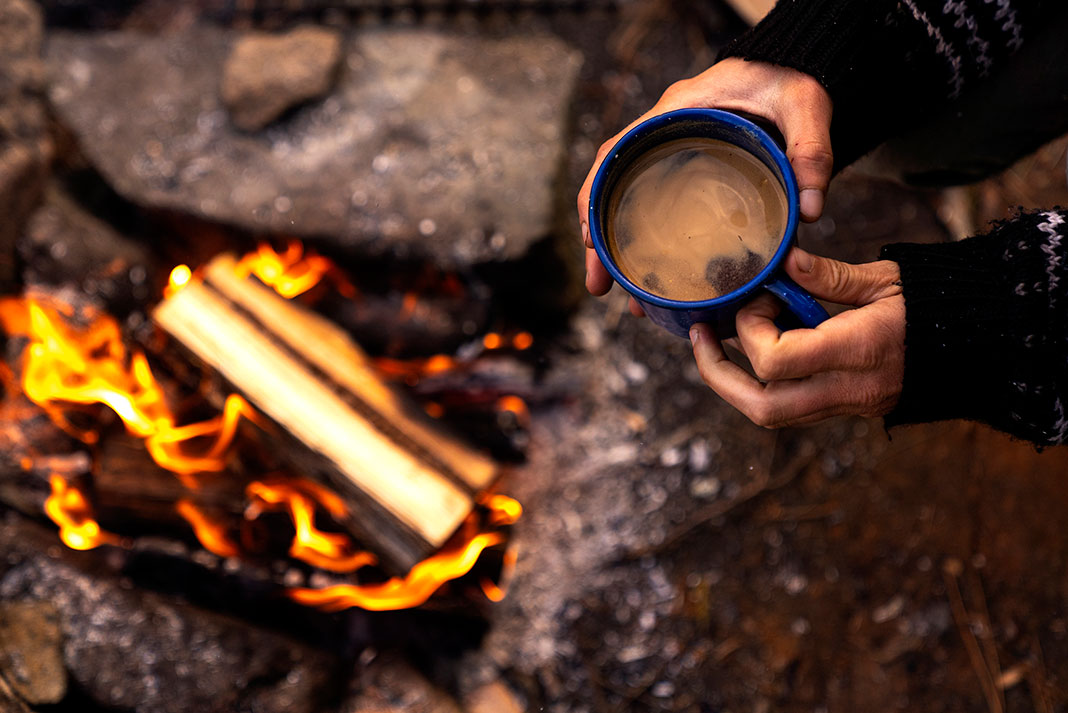
Espresso quid pro quo
Every now and again, I make my midwinter way to the headquarters of Nova Craft Canoe to give a presentation. And, instead of a fee for these evenings of photos and blather, I trade talks for store credits. It was a proverbial win-win, particularly when adding up several years of credits and dodging relevant taxes on this exchange of goods for services.
On one occasion, I bartered for a tricked-out Aquafusion sea kayak for my wife, Gail. Then, with a couple hundred bucks left on my side of the ledger, I quizzed my buddy John, who ran the retail store, about what was new and cool.
“Have I got the thing for you,” he said with a big grin. And so, the hand espresso pump entered my life.
“What does it do?” I asked.
“It makes espresso coffee on the trail, one hot and delicious cup at a time,” he said.
To be sure, I love coffee, particularly when twirled with the smell of woodsmoke on the side of a river somewhere far away. But nearly $200 for a one-cup gadget seemed like a lot.
“It’ll impress your traveling companions,” he added.
Well, that sealed the deal. I went home with something that looked like a conjugation between a mini bicycle pump and a tennis ball made of machined aluminum that might have set Frederico Fellini’s heart aflutter.
Trouble a-brewing
The instruction manual stated: “Make premium quality espresso anywhere: whether on holiday or a business trip, in the countryside or on the sea, in your kitchen or the garden.” It sounded like just the thing we needed, with one word of warning: “Don’t be surprised by the small capacity of the reservoir (1.76 fluid ounces).”
“For maximum flavor and quality control,” the manual suggested sending away for a supply of Keurig-esque espresso pods and a pod adapter for another semi-exorbitant fee. But for DIY enthusiasts, the marketing material suggested you get your own coffee, boil your own water, and insert both of those into the appropriate orifices of the device, which could then be pumped to the green range on the pressure gauge.
And then, with a hiss and a sputter, you have a shot of black goo.
Only two cups of coffee were attempted with the hand espresso pump—making them about $100 each—and the device never did make it on a trip. Boiled camp coffee, windmilled at the end of the maker’s arm to get the grounds to sink, still can’t be improved upon.
I keep the hand espresso pump in our gear cupboard to remind me if somebody’s offering a fancy solution to a simple problem—or worse, a fancy solution to something that wasn’t a problem in the first place—it might be best to give it a pass. Or, at least, a second thought. Perhaps over a steaming cuppa with a friend. Unless, of course, novelty value earns pack space. Luminous toilet paper, anyone?
When he’s not lounging in his Hydro Hammock, James Raffan is an author, explorer, canoodler, and director of external relations for the Canadian Canoe Museum.
If it ain’t broke, don’t fix it. | Feature photo: David Jackson



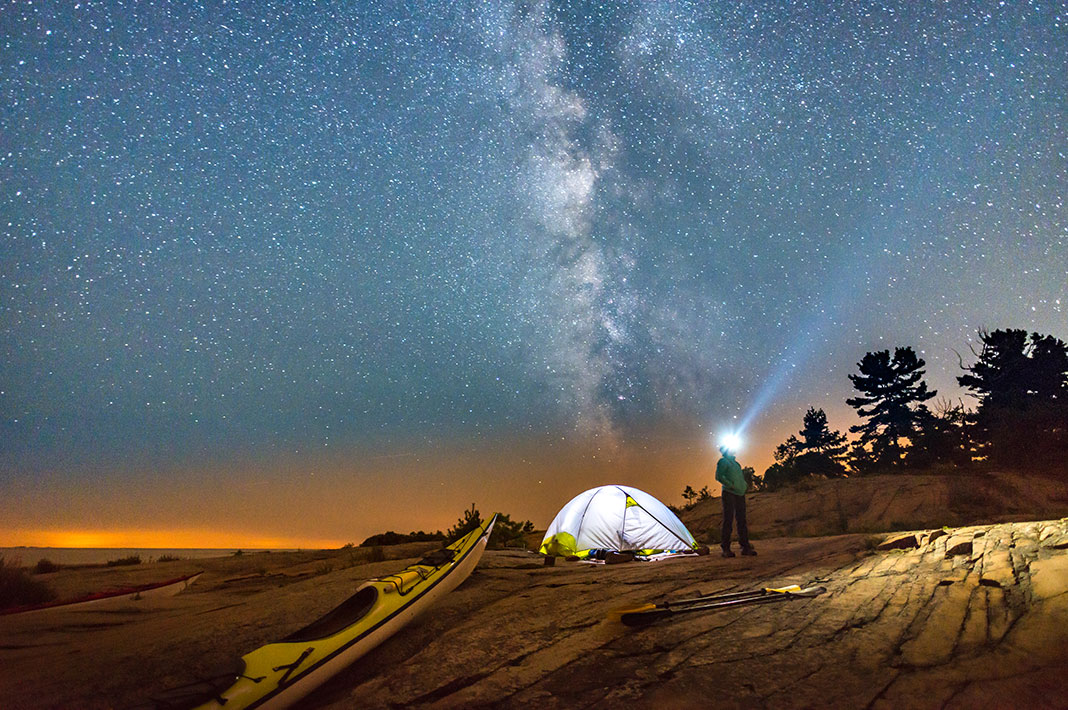
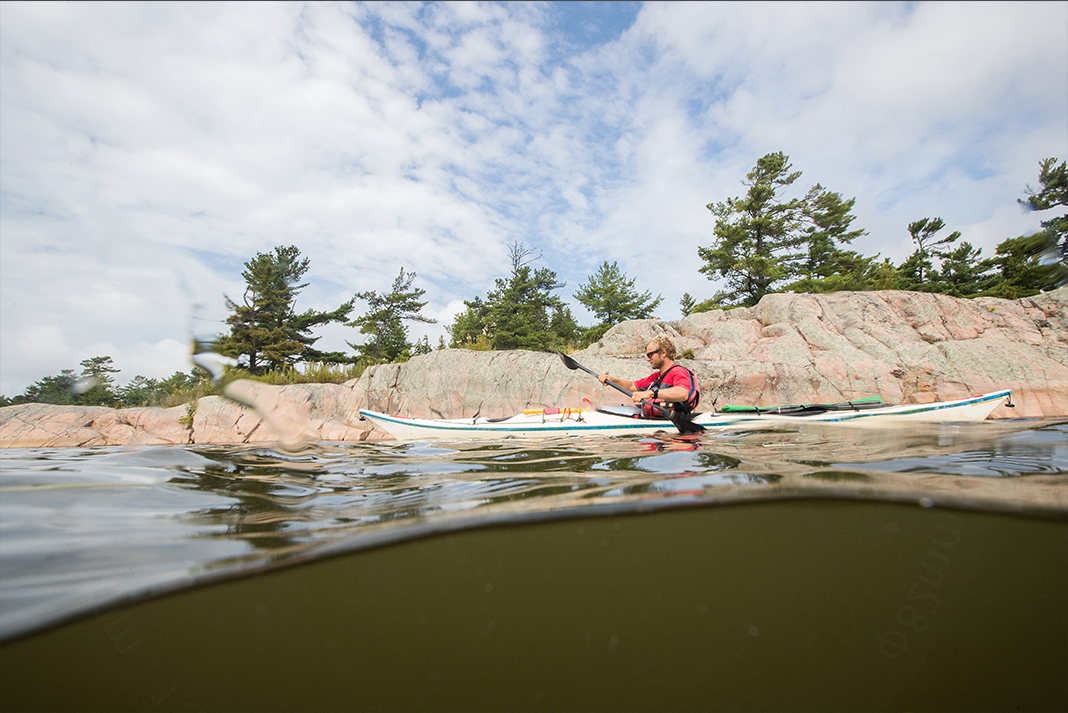
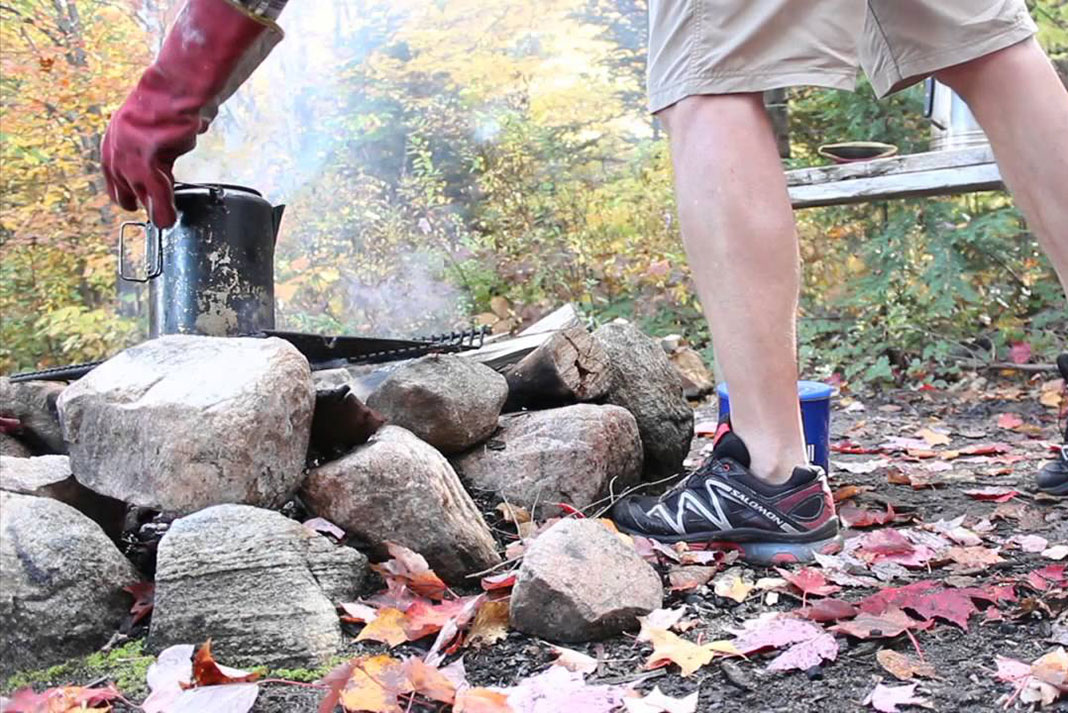
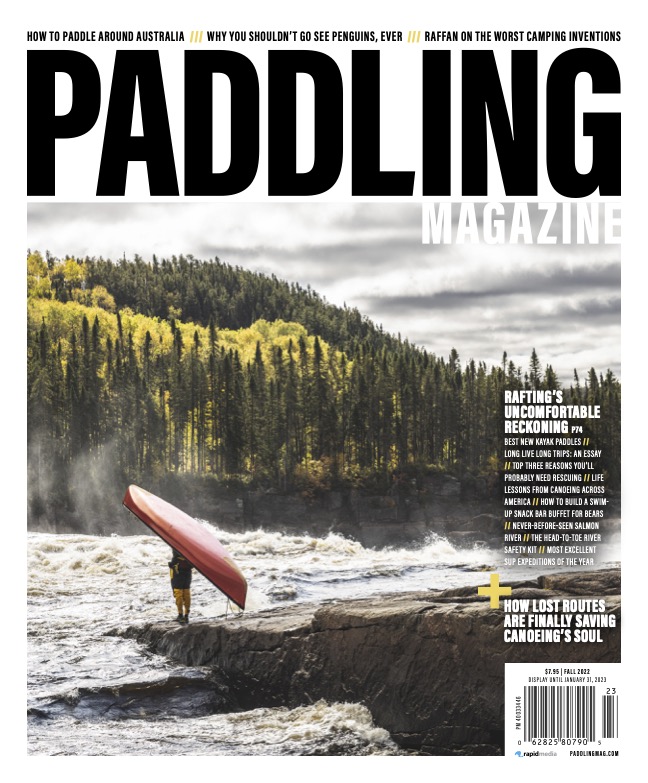 This article was first published in the Fall 2022 issue of Paddling Magazine.
This article was first published in the Fall 2022 issue of Paddling Magazine. 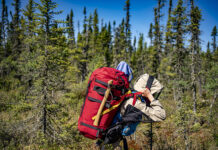
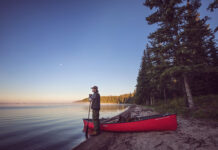
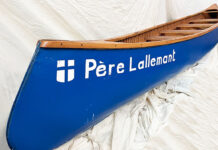
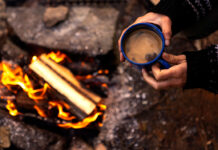
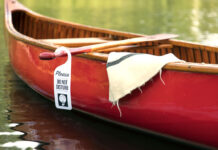

I started outdoors as a bit of a gadget freak, back in the early 1960s. It was an era when lots of new stuff was being tried, some good, some bad. I bought an early dome tent made form egyptian cotton, because hey, cotton tents were de rigor for canoeing, right? But the poles were not shock corded and the whole Erector set would fall apart so it took at least two people and a lot of careful work to get it put up. And then the cotton. Great material, just not for a rigid frame tent. The fly would shrink when wet as cotton does, and the fly couldn’t then be stretched over the frame. And then there was the Wonder headlamp from France that I used on climbing expeditions. It was a wonder alright, it was a wonder it ever worked. And the folding candle lantern, also from France was a disaster. The wax prevented the spring from pushing the candle upwards as it burned and was supposed to do and the chimney and glass were so hot they were dangerous. But the simplest and worst gadget I ever had was the simple Sierra cup. Made from aluminum and a strap of aluminum for a handle, the entire cup and handle would get so hot with any hot liquid, you had to let it cool down before taking a sip of your tea. Nowadays, I stick to the tried and true, not in the Luddite sense, but with some common sense.
They make pepper mill size coffee grinders and an aeropress (~35). Thats how coffee pro’s make camp coffee.
KISS:
For a gang: Cowboy coffee.
For 1 or 2: Lee Valley’s brew basket.
(Confession: I use my Canada flag umbrella hat 1x/yr on Canada Day but only if it’s not windy)
Gave most of my useless gear to the grandkids, they love it. Awesome you left a link for the bracelet thing.